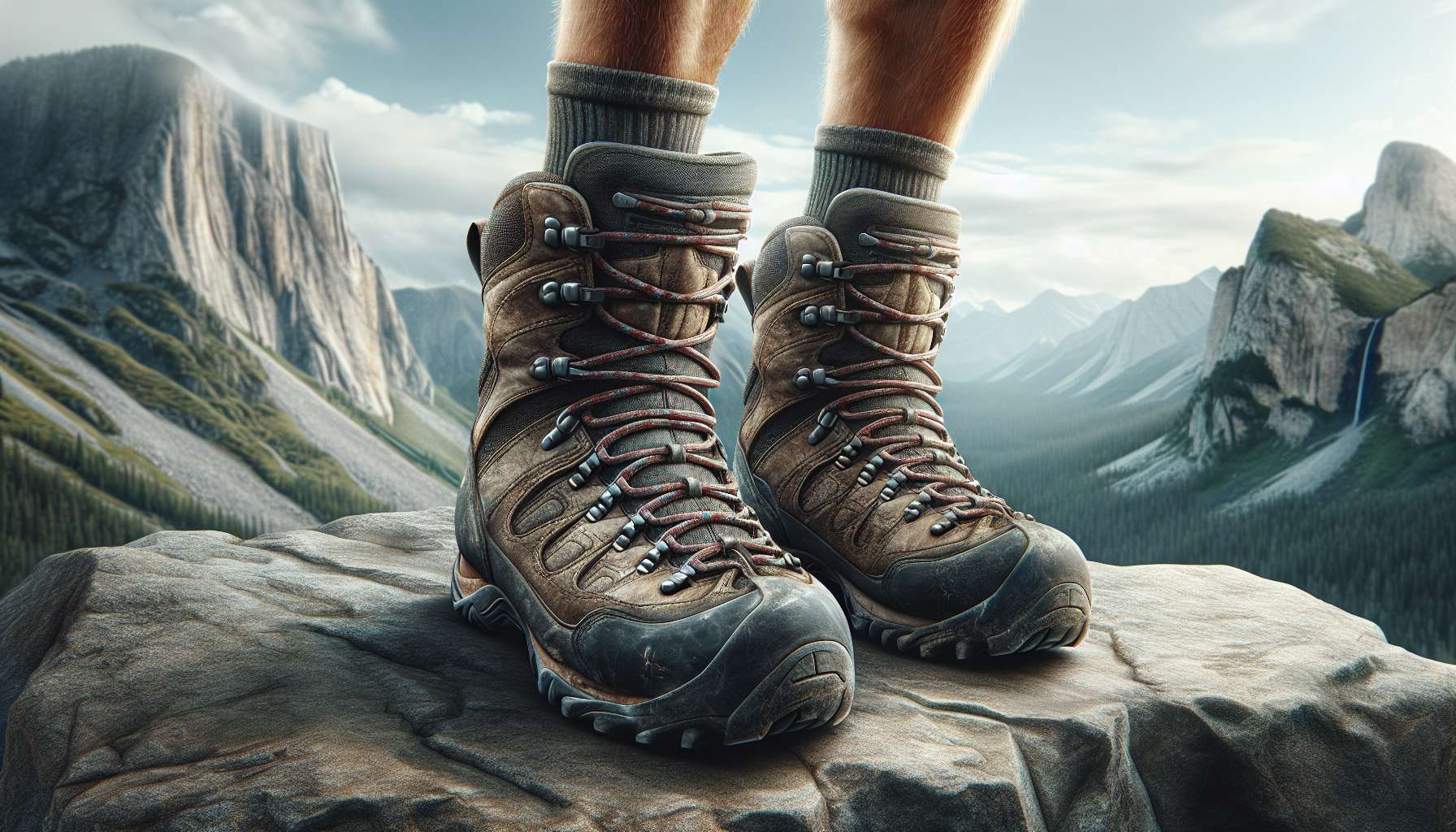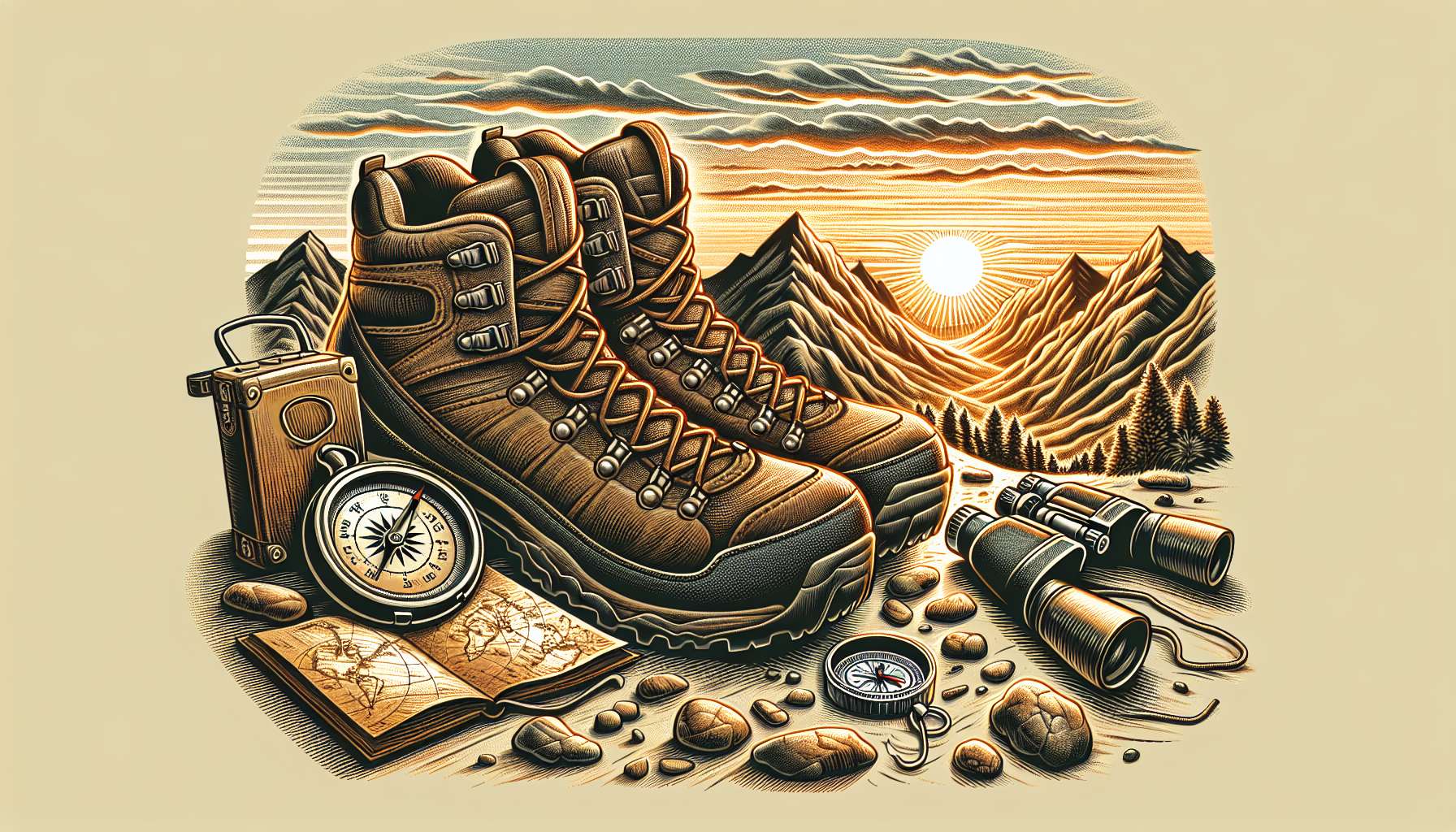The Ultimate Guide to Climbing Boots: Everything You Need to Know
When it comes to climbing, having the right gear is essential for both safety and performance. One of the most crucial pieces of equipment for any climber is their climbing boots. These specialized shoes are designed to provide support, grip, and protection in a variety of climbing environments. In this comprehensive guide, we will explore the world of climbing boots, from their history and development to their modern applications and features. Whether you’re a seasoned climber or just starting out, this article will give you all the information you need to make informed decisions about your climbing footwear.
The History of Climbing Boots
Climbing boots have a long and storied history, dating back to the early days of mountaineering. In the past, climbers would often use simple leather boots with hobnail soles for traction. These early boots were heavy and cumbersome, but they provided the necessary support for climbing in rugged terrain. Over time, advances in materials and design have transformed climbing boots into the high-tech, specialized footwear we know today.
One of the most significant developments in climbing boot technology was the introduction of the sticky rubber sole. This innovation, pioneered by the legendary climber Charles Albert Harris in the 1930s, revolutionized the way climbers approached difficult climbs. The sticky rubber sole provided unprecedented grip on rock surfaces, allowing climbers to tackle steeper and more challenging routes with confidence.
Today, climbing boots come in a wide variety of styles and designs, each tailored to specific types of climbing. From lightweight approach shoes for hiking to technical boots for ice climbing, there is a climbing boot for every situation. Modern climbing boots are made from a variety of materials, including leather, synthetic fabrics, and waterproof membranes, to provide the best combination of durability, flexibility, and protection.
Types of Climbing Boots
There are several different types of climbing boots, each designed for specific types of climbing and terrain. Understanding the differences between these types of boots can help you choose the right footwear for your climbing adventures.
1. Approach Shoes
Approach shoes are a hybrid between hiking shoes and climbing shoes, designed for hiking to the base of a climb. These shoes typically have sticky rubber soles for traction on rocky terrain and are lightweight and flexible for long approaches. Approach shoes are a popular choice for climbers who need to hike long distances to reach their climbing destination.
2. Rock Climbing Shoes
Rock climbing shoes are designed specifically for climbing on rock surfaces. These shoes have a tight, snug fit to provide maximum precision and sensitivity on small holds. Rock climbing shoes typically have a downturned toe and sticky rubber sole for optimal performance on steep and technical routes.
3. Mountaineering Boots
Mountaineering boots are designed for climbing in cold and snowy conditions. These boots are typically insulated and waterproof to keep your feet warm and dry in extreme weather. Mountaineering boots also have stiff soles for crampon compatibility and stability on ice and snow.
4. Ice Climbing Boots
Ice climbing boots are designed for climbing on vertical ice and mixed terrain. These boots have a rigid construction and insulated lining to provide warmth and protection in icy conditions. Ice climbing boots often feature built-in crampon attachments and extra ankle support for stability on steep ice.
Features of Climbing Boots
Modern climbing boots are equipped with a variety of features to enhance performance and comfort in challenging climbing environments. Understanding these features can help you choose the right boots for your specific needs.
1. Sticky Rubber Soles
One of the most important features of climbing boots is the sticky rubber sole. This specialized rubber compound provides exceptional grip on rock surfaces, allowing climbers to maintain traction on even the smallest holds. Sticky rubber soles are essential for technical climbing where precision and friction are key.
2. Lacing Systems
Climbing boots come with a variety of lacing systems, including traditional laces, quick-pull laces, and Velcro straps. The lacing system you choose can impact the fit and performance of your boots, so it’s important to find a system that works best for your foot shape and climbing style.
3. Ankle Support
Ankle support is crucial for preventing injuries and providing stability on uneven terrain. Many climbing boots feature high-cut designs and padded ankle collars to support and protect your ankles during climbs. Some boots also have built-in ankle bracing or reinforcement for added support.
4. Waterproofing
Waterproofing is essential for climbing in wet conditions or snowy terrain. Many climbing boots feature waterproof membranes like Gore-Tex to keep your feet dry and comfortable in rain, snow, or slush. Waterproof boots are also more breathable than traditional leather boots, reducing the risk of sweat and moisture buildup.
5. Insulation
Insulation is important for climbing in cold weather or high altitudes. Insulated climbing boots help keep your feet warm and comfortable in freezing temperatures, preventing frostbite and hypothermia. Thinsulate and PrimaLoft are common insulation materials used in climbing boots for their lightweight and moisture-wicking properties.
Expert Opinions
We spoke to renowned climber and gear expert, Sarah Johnson, to get her insights on the importance of choosing the right climbing boots. According to Sarah, “Climbing boots are the foundation of your climbing gear, so it’s crucial to invest in a high-quality pair that fits well and meets your specific needs. The right boots can make all the difference in your performance and safety on the rock.”
Sarah also emphasized the importance of proper care and maintenance for climbing boots, saying, “Regularly cleaning and conditioning your climbing boots can extend their lifespan and ensure they perform at their best. Be sure to inspect your boots for any signs of wear or damage before each climb to avoid potential issues on the rock.”
Conclusion
To wrap things up, climbing boots are a critical piece of equipment for any climber, providing support, grip, and protection in a variety of climbing environments. From the early days of mountaineering to the modern era of technical climbing, climbing boots have evolved to meet the demands of climbers around the world.
Whether you’re a beginner or an experienced climber, choosing the right climbing boots can make a significant difference in your climbing experience. By understanding the history, types, features, and expert opinions on climbing boots, you can make informed decisions about your footwear and enjoy safer and more successful climbs.
Remember, climbing boots are not just shoes they are your connection to the rock, your support on the climb, and your key to reaching new heights in the world of climbing.




